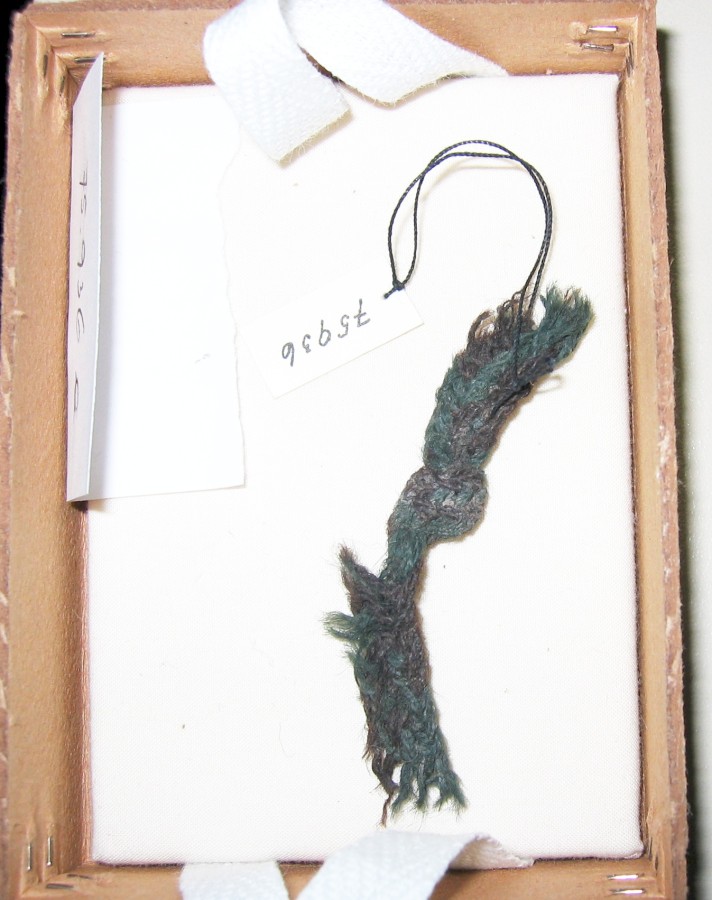Time for a post about interesting things, some of which you can participate in!
If you are in the Southampton area, there's a project about dexterity in flintknapping:With motion capture. How cool is that!
If you're more on the other side of the globe, there's the meeting of the Society for the History of Technology October 26-29, where there's a session about textiles and early industrialisation in planning. You can read more about the Society and their conference here.
There's also a conference about "Embellished Fabrics: Conserving Surface Manipulation & Decoration." It is the 11th North American Textile Conservation Conference, taking place in Mexico City, Mexico, November 6-11, 2017. The website is www.natcconference.com, and it will provide more information in case you're interested.
And another conference, this time in Poland, in June: Dynamics and Organisation of Textile Production in past societies in Europe and the Mediterranean. International Conference, Łódź, 21-22 June, 2017. The preliminary programme looks really nice and interesting!
For those of you who understand German (or for the adventurous of you who don't), there's a TV show where one guy participates in a club for one day, looking at the stuff people do in their spare time... and one of the clubs is a Living History group. You can watch the half-hour show here.
Some more interesting things - Jim Hines has done a survey about novelist's incomes. So if you've ever wondered whether writing a novel will make you rich, you might want to read his long, really interesting multi-part blogpost, starting with part 1 right here.
In 2011, a tunic was discovered in a Norwegian Glacier, and it has since been reconstructed. You can read a bit about the reconstruction and watch a video here. (I'm not totally happy with the spinning part of the video, as you might guess when watching it...)
And that's it for today. Hope you find something you enjoy among these!
If you are in the Southampton area, there's a project about dexterity in flintknapping:With motion capture. How cool is that!
If you're more on the other side of the globe, there's the meeting of the Society for the History of Technology October 26-29, where there's a session about textiles and early industrialisation in planning. You can read more about the Society and their conference here.
There's also a conference about "Embellished Fabrics: Conserving Surface Manipulation & Decoration." It is the 11th North American Textile Conservation Conference, taking place in Mexico City, Mexico, November 6-11, 2017. The website is www.natcconference.com, and it will provide more information in case you're interested.
And another conference, this time in Poland, in June: Dynamics and Organisation of Textile Production in past societies in Europe and the Mediterranean. International Conference, Łódź, 21-22 June, 2017. The preliminary programme looks really nice and interesting!
For those of you who understand German (or for the adventurous of you who don't), there's a TV show where one guy participates in a club for one day, looking at the stuff people do in their spare time... and one of the clubs is a Living History group. You can watch the half-hour show here.
Some more interesting things - Jim Hines has done a survey about novelist's incomes. So if you've ever wondered whether writing a novel will make you rich, you might want to read his long, really interesting multi-part blogpost, starting with part 1 right here.
In 2011, a tunic was discovered in a Norwegian Glacier, and it has since been reconstructed. You can read a bit about the reconstruction and watch a video here. (I'm not totally happy with the spinning part of the video, as you might guess when watching it...)
And that's it for today. Hope you find something you enjoy among these!






